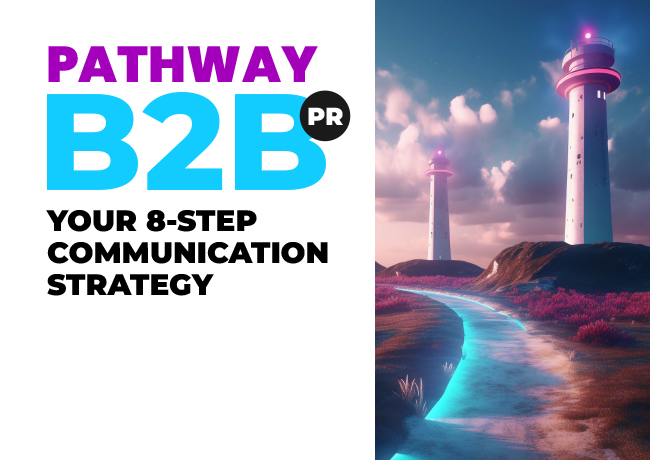How to identify your target audience sweet spot in three simple steps
In this blog we provide insight, examples and bear trap warnings to help you identify and define your target audience; one of the five critical elements of your communication strategy.
First, the insight. In our short video we provide you with the critical questions to help you not only to define your target audience but to prioritise it so you can focus on the low hanging fruit.
There are three simple steps to find your target Audience sweet spot
Unless you have infinite budget, you will need to prioritise your resources. Identifying your target sweet spot is the most effective way of achieving this.
Start by gathering insight about your ‘best customers’ by capturing, who they are, where they work and why they are a good match for your business.
READ: Why your business needs a communication strategy
Firstly, when thinking about who they are…
consider the key people involved in the buying process, detail:
- What they are responsible for?
- What problems they are experiencing?
- What goals or objectives do they share?

Secondly, explore where they work,
capture characteristics like industry sector, geography, function, company size and, their potential value to you.
Finally, document why they are a good target for you.
Identify:
- What problems of theirs you can solve
- What issues keep them awake at night
- How familiar they are with your brand
- How much educating they will need

Sweet Spot ‘Bear Traps’
Let’s consider each section in turn:
Who they are
- Job titles are misleading; however much you want to default to job titles, don’t – stick to responsibilities. This is because job titles are a short cut to nowhere!
- Include everyone who has a significant role in the buying process – decision makers and influencers – anyone who could act as a barrier or facilitator to purchasing your brand. List them all.
- Document the different problems these people will be experiencing, both emotional and commercial, and capture the different ways they would express these problems.
- Think about what outcomes they are trying to achieve – be as specific as possible – it will help to build a picture.
- Look for patterns but don’t force them, they will emerge!
Where they work
- Don’t get lazy – be specific! Detail out size (e.g. up to X employees), region, activity (e.g manufacturer, consultancy) and market (e.g. aerospace, cybersecurity).
- What are they worth to you currently? Do you have access to research which tells you what the scale of the opportunity is?
- Are they new prospects or current customers? (this will indicate whether they already know you and for what expertise/capability).
Why they are a good target for you
- This is about establishing who is the best fit, what you need to do to convert them and how quickly you can do this.
- Why do these individuals represent a target worth prioritising?
Don’t be General Generic, be Super Specific
Once you’ve completed the Sweet Spot exercise, you will be able to identify specific low hanging fruit. Whatever you do, don’t fall into the trap of casting your net as wide as possible. This kind of broad inclusiveness leads to unfocused marketing and PR campaigns that could very well extend your sales cycle.
Targeting which is unspecific makes it harder for your target audience to understand the desirability and relevance of your offering and as a result, it takes them longer to work it out – if indeed they ever do!
Target audience example.
For our own business, we started with multiple marketing job titles plus managing directors, finance directors, founders, and entrepreneurs of B2B organisations until we undertook the sweet spot exercise.
Our target sweet spot emerged as ‘people responsible for developing and delivering the marketing strategy for scale up (small/medium) tech and engineering businesses who are time-poor and ambition rich, stretched but focused on maintaining very high standards’. They are looking for a partner that they can completely rely on to hit the ground running and help build and deliver a strong brand and media profile.

Your 8-step communication strategy guide

The point about the sweet spot is that it gives your marketing focus.
This doesn’t mean that you turn down business that doesn’t fall within your sweet spot, but having that focus gives your PR, sales and marketing a narrative in which you can be passionate and engaging, rather than vanilla ‘everything to everyone’.
Although our sweet spot is clearly defined, we also work with membership organisations, we work with Managing Directors and CEOs and we work with very large companies as well. Think of the sweet spot as a navigation lamp for prospects, to guide them to your open door.

Your 8-Step Communication Strategy Guide
A comprehensive guide to delivering your business goals using intelligent and relevant messaging.


